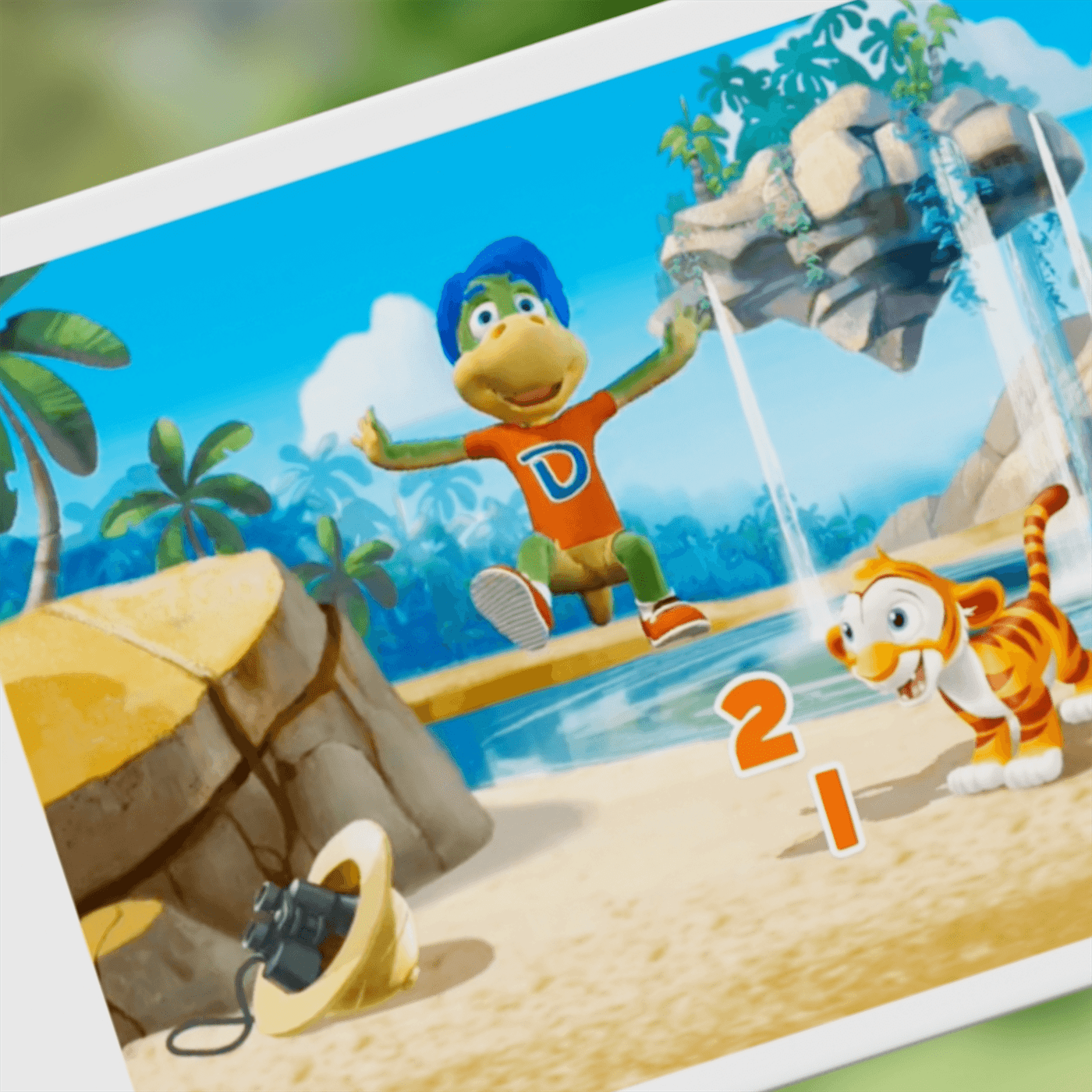Keys to Advergaming
Digital communication is constantly advancing as new technologies and formats are integrated. One of the most widely used tools today is advergaming. Advergaming is a technique used by brands to advertise through video games. Below, we explain the keys to this advertising tool.
- Interactivity
Thanks to interactivity, we provide the user with direct interaction with the product. The user will not only get to know the brand, but will also be able to interact with the product.
- Non-intrusion
Through advergaming, we get the user to interact voluntarily with the brand and its communication, so that the feeling of intrusion is not generated in the user.
- Longevity
When advergaming is carried out on an online platform, the longevity of this advertising is much greater than when it is applied in a game with a developed ending. This allows us to adapt the communication strategy to the objectives and thus achieve greater engagement.
- Adaptability of the communication strategy
The nature of the game allows us to establish different communication strategies. Depending on whether it is an open world game or a linear game, where the user can only access certain areas or actions, we can adapt the game experience and implement communication actions in those specific points where we want the user to interact with our brand. On some occasions, hidden content is used to include advertising.
In addition, it allows us to personalise the communication based on the brand image, including its style and personality, thus generating a representative communication.
- Segmentation of communication.
As in other sectors, video games and applications are also classified according to their gameplay and setting, which allows us to strategically segment and choose which games are the most appropriate to show our advertising. It will always be more effective to communicate our brand through a video game in the same sector.
- Viralisation
Usually, games have a social component, which is why viralisation is one of the strong points of advergaming, as it allows us to reach many users directly.
Examples of advergaming
Puleva Grand Challenges
Puleva Great Challenges, divided into three different applications depending on the age of the users (from 0 to 2 years, from 2 to 4 and from 4 to 7), offers the youngest children fun and educational challenges. Maxi, the unmistakable Puleva mascot, accompanies users in a digital immersion that allows children to develop all their abilities with games based on the 8 Intelligences Theory (Howard Gardner). Thanks to this series of applications, Puleva has positioned itself as a brand that accompanies families in the growth and evolution of their youngest members, thus supporting its brand image based on food and nutrition for children.
Magnum Pleasure Hunt
Magnum launched a website with a game based on helping the game’s protagonist to collect chocolate bonbons.
The game, set in multiple well-known locations, as well as in digital spaces (African Savannah, NYC, Samsung’s website, etc.) managed to capture the user through a simple and dynamic strategy.In addition, after finishing the game, the game allowed you to share the score obtained on your social networks, thus boosting the dynamisation and viralisation of this content, achieving more than 6 million visits in six months.
.
M&M Shell Shocked
M&M’s launched a game under the name of the chocolate brand that consisted of placing a minimum of three identical M&M’s to be eliminated.
A classic video game with which they managed to reach their target audience.Thanks to its success, they later developed a free video game for PlayStation called M&M’s Shell Shocked, based on a race against exploding boxes of sweets, conveyor belts, wild robots and meddling Minis who seemed to go mad. Led by the red and green M&M’s, the user entered a video game with more than 20 different levels to test their reflexes and skills.


